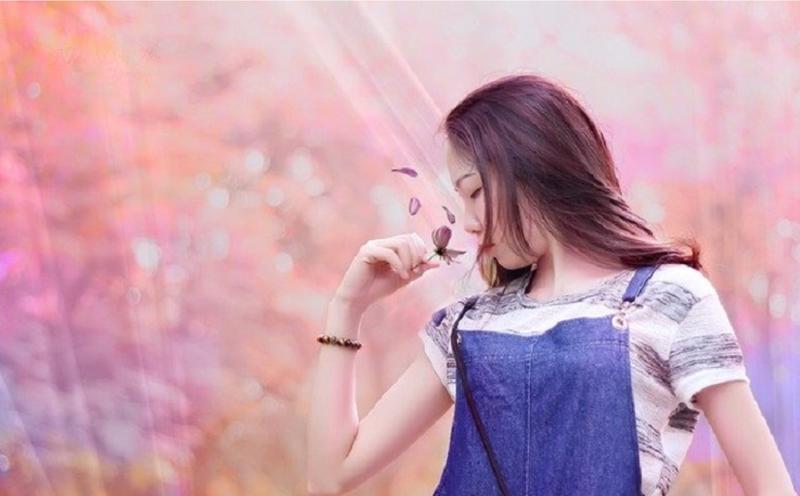35/4 As A Mixed Number

Whether you're trying to learn more nearly the psychology behind colors or you're a budding artist trying to mix colored paints together to make a masterpiece, information technology's imperative to know a bit about chief and secondary colors and how to mix them to create purple shades ranging from soft pastels to vivid hues for royalty. Read on to larn more about primary and secondary colors, complementary colors, and of course, how to mix colors to make purple.
Primary, Secondary & Tertiary Colors
To understand how to make purple, you lot should offset familiarize yourself with principal colors. The three principal colors in the color cycle are scarlet, blueish, and yellowish. Substantially, this means that any other color in the world is a mixture of 2 or more of these colors. There are too three secondary colors, and they are purple, green, and orange. Secondary colors are a outcome of mixing two chief colors together. Beyond these six colors, there are also six third colors. 3rd colors are a mixture of principal and secondary colors, or a mix of many colors together. These half dozen colors are vermillion, magenta, violet, teal, chartreuse, and amber. If y'all're mixing colors together for the purposes of fine art, knowing how to make tertiary colors is vital.
W lid Nigh Black and White?
Neither black nor white appears on the color cycle because they are not traditional colors. Black indicates the absence of low-cal, which means no colors on the color wheel are visible. White is a combination of all visible colored calorie-free, simply this is just in nature. If y'all tried to combine all of the colors on the color wheel, your end consequence would not be white. In fact, information technology would likely exist a dingy brown.
H ow to Make Purple
Considering imperial is a secondary color, it is the issue of mixing 2 primary colors together. To make a shade of royal, you would mix cerise and bluish together. If you mix an equal corporeality of red and blue together, you'll have violet, a third colour and a mixture that is known equally "pure purple." If you mix together different amounts of cherry-red and bluish, you'll create hues that are redder or bluer, depending on the ratio.
M aking Different Shades of Purple
Beyond pure royal, you may want to create dissimilar shades, such as lavender or aubergine. Call back that pure imperial is a l/50 combination of ruddy and blue. To brand lavander, which is a light shade of purple, your aim would be for 50 percentage blue and 50 percentage red, cut with white pigment. To make aubergine, a darker hue, you'd want 51 pct carmine, 43 percent blue and 6 percentage black. A plum color requires 41 pct red, 39 percent blue and twenty percent green.
C omplementary Colors
Depending on your project, learning about complementary colors may be worthwhile. Essentially, complementary colors are opposite each other on the color bike. When used together, they complement each other well (they are a proficient match). Purple's direct complementary color is yellow.
35/4 As A Mixed Number,
Source: https://www.reference.com/science/colors-mixed-together-make-purple-4c8ff196ae3d2cde?utm_content=params%3Ao%3D740005%26ad%3DdirN%26qo%3DserpIndex&ueid=c05cedb8-636e-41a2-94af-2912f4ec6ff3
Posted by: lohmanmrsed2001.blogspot.com


0 Response to "35/4 As A Mixed Number"
Post a Comment